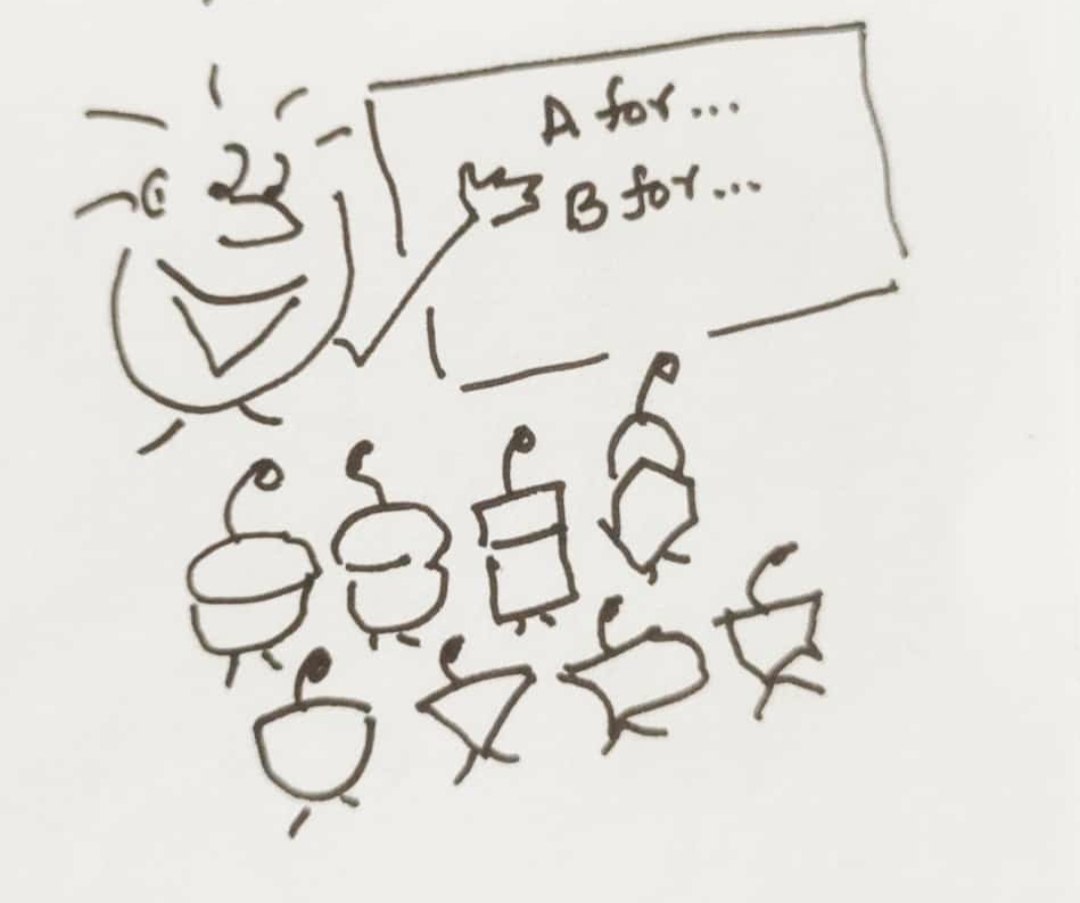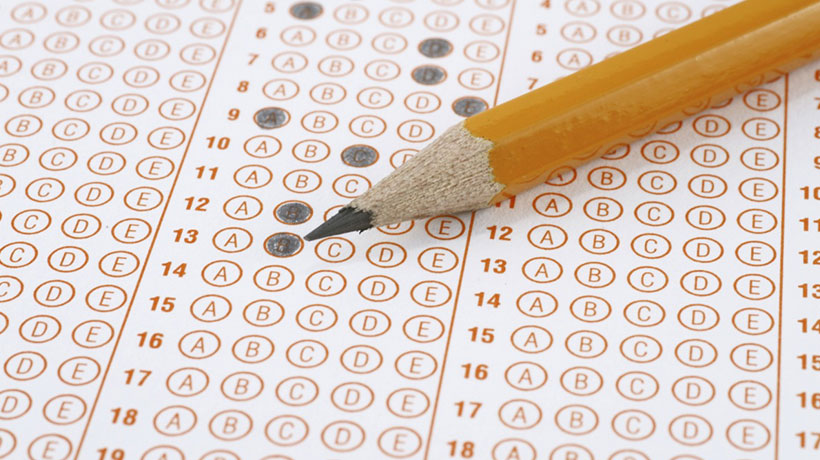Trending Now
- IPL 2024 begins with a bang. First contest between CSK and RCB.
- Election commission allots mike symbol to Naam Thamizhar Katchi
- AIADMK promises to urge for AIIMS in Coimbatore, in its election manifesto.
- Ponmudi becomes higher education minister.
Education
Do home and school have space for creativity? – 4 Cs of 21st Century Skills
![]() October 13, 2018
October 13, 2018
Methods of imparting academic education at all levels have been evolving though may not be at the desired level or pace. But it is a fact that there are changes, sometime for better and sometime not so appropriate. State education boards, be at state-level or the central government, and keep reinventing themselves with improvised syllabi. The changes, by and large, involve parents, making education inclusive and making norms to appoint sufficiently qualified teachers.
The paradigm shift in school education is obvious. Teachers, learners and parents too are able to feel and see the shift. The much-required changes only making the present-day teaching staff to acquire higher level of knowledge and skills as they have to deal with cultural diversity in their classrooms. This is mainly because parents are better educated than before and even students are smart enough to understand and sometimes better prepared when they come to classrooms, thanks to elders in the family and the Internet. Hence, classrooms have become learning-centred more than one-way communication.
Many nations are reforming curriculum, instructions methodology as well as assessments of students to meet the levels of 21st century skills. Then the question comes what the skills required for the present generation. For example, mathematics used to be traditionally taught in abstract way, like knowing and applying the right formula to solve a set of equations. This used to be followed by making students do one or two exercises as a repeat method of teaching. This conventional method was following with questioning or emphasizing on the relevance. However, the 21st century skills are demanding understanding the concept to apply a formula to real problems to provide solution/s for yielding a meaningful explanation or purpose.
The definition of literacy is no more just learning to read and write. It also involves curiosity to build and resolve conflicts. Hence, the 21st century skills are not independent in themselves. They are interdependent in nature of knowledge, character and interdisciplinary. It is but natural for creativity to become more demanding. Employment generation can take place provided learning skills are honed up.
Matthew Arnold (1864), an English poet and cultural critic, had said, “It is undeniable that the exercise of a creative power, that a free creative activity, is the true function of man. It is proved to be by man’s finding in it his true happiness”. Going by this saying, teachers’ job has to move from merely teaching to make students innovators and researchers. This emphasis on creativity as one of goal is to build strong economical country. This can be true if innovation has some level of originality and it produces some value.
Teachers could develop creative capacities such as imagination, discipline, collaboration, persistent and inquisitive. To develop these abilities, one requires to adopt multiple approach. One has to work on several social action projects rather than focusing on some abstract terms. Creativity is not common for all discipline. It varies. For example, 2+5=?. The answer is simple – 7. The same question if asked – + – =7, then there are many ways to arrive at the solution.
There are several arguments by thinkers and educator like Sir Ken Robinson, Guy Claxton, Doireann O’Connor etc., whether schools kill creativity or make children less intelligent. All these arguments raise a common concern – the rudimentary teaching and learning can turn children unwilling to think outside the box or what is taught within a framework. This to say, schools emphasis on imparting academic intelligence over creative intelligence. However, the future lies in getting successful degree and job, for which creativity is essential. To say the least, entrepreneurial journey is often less pushed by schools or teachers.
Eddy Zhong, Founder of Leangap says, ‘no one has ever changed the world by doing what the world has told them to do’. So, the task is to create risk taking generation. Isn’t it wonderful to climb a mountain or celebrate one’s own birthday party instead of going the conventional route of getting entertained by musicians, clowns, games etc? If children are entertained in the most accepted or conventional way, then they are losing out ways of becoming creative.
The mechanism of self-direction to creativity starts from home and crèche where there is usually no shortage of toys to entertain children. It is at this tender age that the brain is getting developed and hence there should be platform to guide the young minds to become creative. Every activity has to be open-ended and not close-ended. According to Doireann O’ Connor, Lecturer at The Institute of Technology Sligo, says, we might need a strategy for creativity as we have for numeracy literacy.
Sometimes a strategy to make children creative may be created at home or crèche but if the children are not allowed to tinker, then might end-up thinking – I’m just not the creative type. In the later years if the same people are introduced to strategies, then they would have to fight with apprehension whether judgment is appropriate. To overcome this challenge or induce confidence, there will be need to redesign the entire learning experience. In order to allow the ideas fly, Tim Leuning, civil servant and academic in UK, says, creative thinking requires knowledge.
This leads to know if schools and home have space for creativity. It’s yes for people who believe themselves as craftsman. A craftsman who question his own work, shows persistence, dives into imagination, collaborates with others and takes ownership. It’s no for people who believe in traditional forms of teaching and assessment that most relies on recapitulation. As goals of education must help to answer the question on what it takes to human beings worthwhile on earth? The answer perhaps lies within us – to build relationship and support each other; is to be creative to build things that did not exist. This would mean, as rightly put by Miles Davis, ‘Do not fear mistakes. There are none!’
























